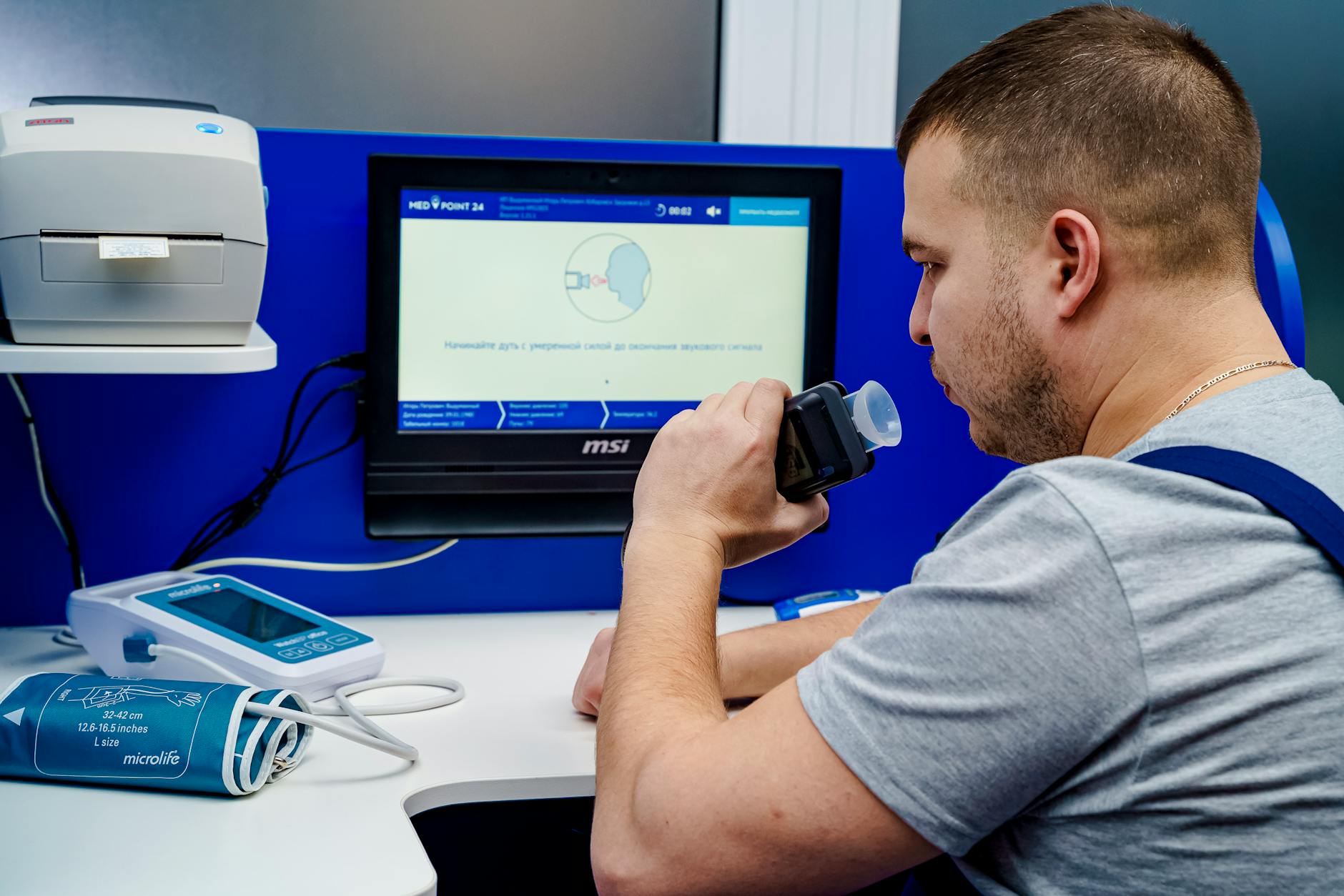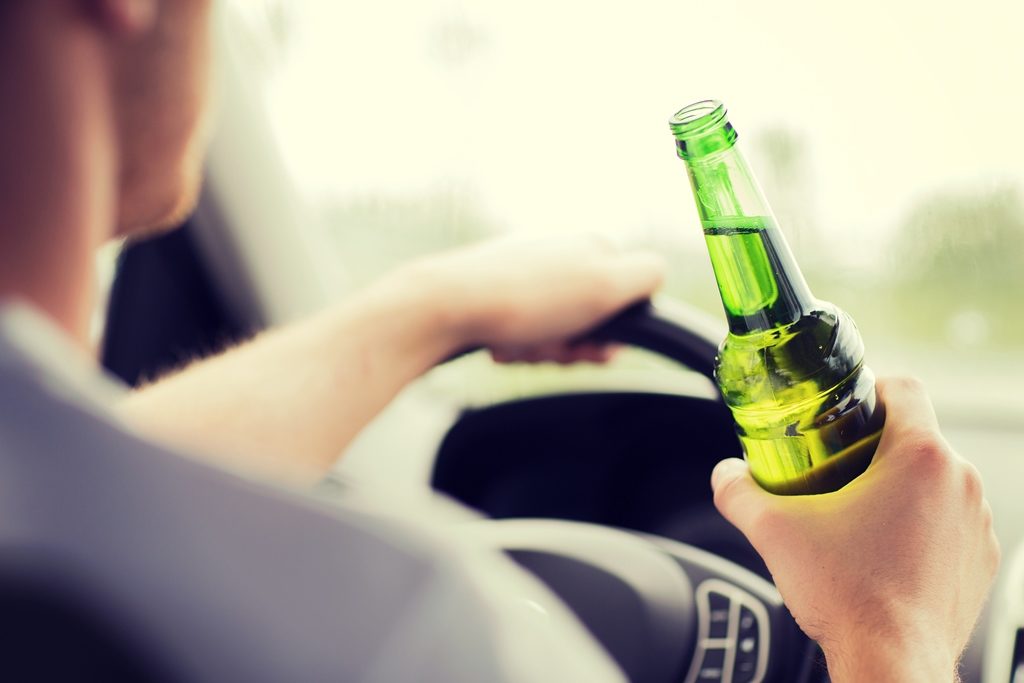Unveiling the Mysteries: Behind the Scenes of Alcohol Intake – Unraveling How Many Beers Lead to Intoxication

Image courtesy of MedPoint 24 via Pexels
Table of Contents
Have you ever wondered how many beers it takes to get drunk? It’s a question that has intrigued countless individuals looking to understand their limits when it comes to alcohol consumption. In this comprehensive blog post, we will dive deep into the science behind getting drunk, exploring the factors that influence intoxication levels and individual tolerance.
Alcohol Metabolism
When you consume alcohol, your body goes through a complex process known as alcohol metabolism. The liver plays a central role in breaking down alcohol, allowing the body to process it complex eliminate it over time. The speed at which alcohol is metabolized can vary from person to person.
Alcohol metabolism is closely tied to blood alcohol concentration (BAC), which is a measure of the amount of alcohol present in your bloodstream. As you consume more beer, your BAC rises, and this is what leads to the feeling of being drunk.
The rate of alcohol metabolism can be influenced by various factors, including your body weight and gender. Generally, individuals with a higher body weight have a higher volume of blood, which can dilute the alcohol and result in a lower BAC. Additionally, women typically have lower levels of the enzyme responsible for alcohol metabolism, causing alcohol to remain in their system for longer periods of time.
Individual Tolerance Levels
Alcohol tolerance is a critical factor when considering how many beers it takes to get drunk. Tolerance refers to the body’s ability to adapt to the effects of alcohol over time.
Several factors can influence an individual’s tolerance levels, including genetics, biological differences, and previous alcohol consumption. Some people may naturally have a higher tolerance than others due to their genetic makeup, while others may build up tolerance over time through regular drinking.
It is important to note that tolerance is not a measure of resilience to alcohol’s harmful effects. In fact, individuals with a higher tolerance may appear less visibly impaired but still experience detrimental effects on their judgment and coordination.
Factors Influencing Intoxication
While alcohol metabolism and tolerance levels play significant roles in intoxication, there are additional factors that can influence how quickly you become drunk after beer beer.

Image courtesy of www.carparts.com via Google Images
Food consumption is a key factor to consider. Eating before or while drinking can slow down alcohol absorption, as the food acts as a cushion in the stomach, delaying the entry of alcohol into the bloodstream. On the other hand, drinking on an empty stomach can lead to faster absorption and a higher BAC.
Hydration levels can also impact intoxication. Alcohol is a diuretic, causing increased urine production and potentially leading to dehydration. Being adequately hydrated before and during drinking can help moderate the effects of alcohol and prevent dehydration.
It is important to be aware of the potential interactions between alcohol and medications. Certain medications can intensify or counteract the effects of alcohol, potentially enhancing its intoxicating effects or causing adverse reactions.
Mental health conditions can also affect how alcohol is processed by the body. Individuals with conditions such as depression or anxiety may experience heightened effects of alcohol due to interactions with their medications or altered brain chemistry.
Finding Your Limit Responsibly
Understanding how many beers it takes to get drunk is not about finding the maximum amount you can consume, but rather about knowing your limits and drinking responsibly. Here are some tips to help you find your limit in a safe and responsible manner:
- Pace yourself: Avoid rapid or excessive drinking, as this can increase the likelihood of becoming drunk more quickly.
- Alternate alcoholic and non-alcoholic beverages: This allows you to maintain a steady pace and stay hydrated, reducing the impact of alcohol intoxication.
- Utilize technology: BAC calculators or smartphone apps can provide estimates of your BAC based on your consumption, helping you gauge your level of intoxication.
- Seek support if needed: If you find yourself struggling with alcohol consumption or have concerns about your drinking habits, reach out to a healthcare professional or support group for assistance.
Conclusion
While the question of how many beers it takes to get drunk may seem simple, the science behind it is far more complex. Alcohol metabolism, individual tolerance levels, and various influencing factors all play a role in determining intoxication. It is essential to understand these factors and drink responsibly, knowing your own limits and prioritizing your safety and well-being.
Remember, responsible drinking is not only about knowing when to stop but also about being aware of the potential risks associated with alcohol consumption. By arming yourself with knowledge and making informed choices, you can enjoy alcohol in a safe and moderate manner.
So, the next time you raise a glass, take a moment to appreciate the intricate science behind the effects of alcohol and make responsible decisions for a more enjoyable and safer drinking experience.
FAQs
- How many beers does it take to get drunk?
- The number of beers it takes to get drunk varies from person to person. Factors such as body weight, tolerance levels, and alcohol metabolism play a role in determining how alcohol affects individuals. It is important to drink responsibly and know your own limits.
- Can I build up a tolerance to alcohol?
- Yes, it is possible to build up a tolerance to alcohol over time. Regular drinking can lead to an increased tolerance, meaning you may need to consume more alcohol to feel the same effects. However, tolerance does not indicate immunity to the harmful effects of alcohol.
- Are there any factors that influence how quickly I become drunk?
- Yes, several factors can influence how quickly you become drunk after consuming beer. These include food consumption, hydration levels, medication interactions, and mental health conditions. It is important to be aware of these factors and make responsible choices when consuming alcohol.
- What are some tips for drinking responsibly and finding my limit?
- To drink responsibly and find your limit, pace yourself, alternate between alcoholic and non-alcoholic beverages, utilize technology such as BAC calculators, and seek support if needed. Remember, responsible drinking is about knowing your limits, staying hydrated, and prioritizing your safety and well-being.
Powered by Texta.ai Blog Automation
Leave a Reply